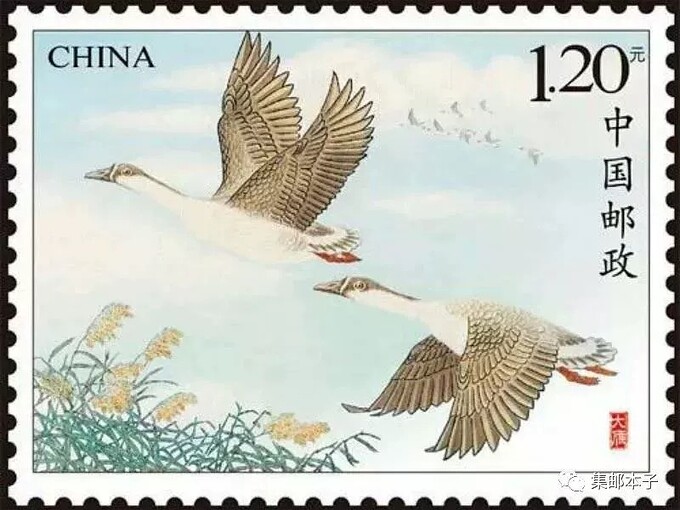
The next time we see geese flying along in a “V” formation, heading south for the winter, we might stop for a moment to reflect on what science has discovered as to why they fly that way:
As each bird flaps its wings, it creates an uplift for the bird immediately following. By flying in a “V” formation, the whole flock adds at least 71% greater flying range than if each bird flew on its own.
When a goose falls out of formation, it suddenly feels the drag and resistance of trying to go it alone… and quickly gets back into formation to take advantage of the lifting power of the bird in front.
When the head goose gets tired, it rotates back in the wing and another goose flies point. They know instinctively that it is sensible to take turns doing demanding jobs.
Geese honk from behind to encourage those up front to keep up their speed. It is worth reflecting on what we say when we honk from behind.
Finally, when a goose gets sick or is wounded by gunshots, and falls out of formation, two other geese fall out with that goose and follow it down to lend help and protection. They stay with the fallen goose until it is able to fly or until it dies, and only then do they launch out on their own, or with another formation to catch up with their group.
Image courtesy: https://community.postcrossing.com/
